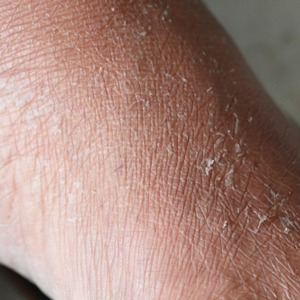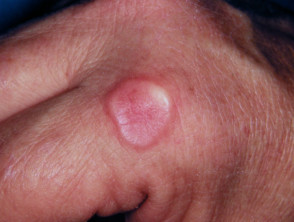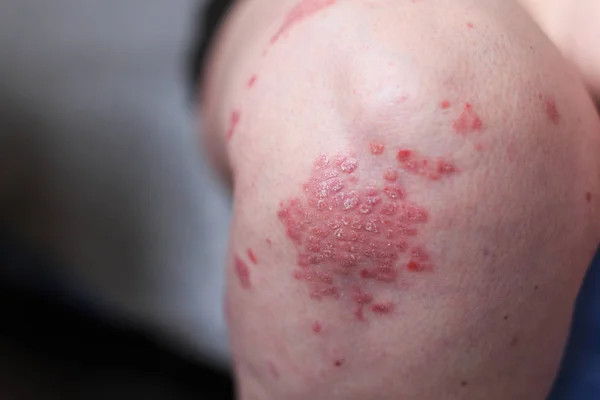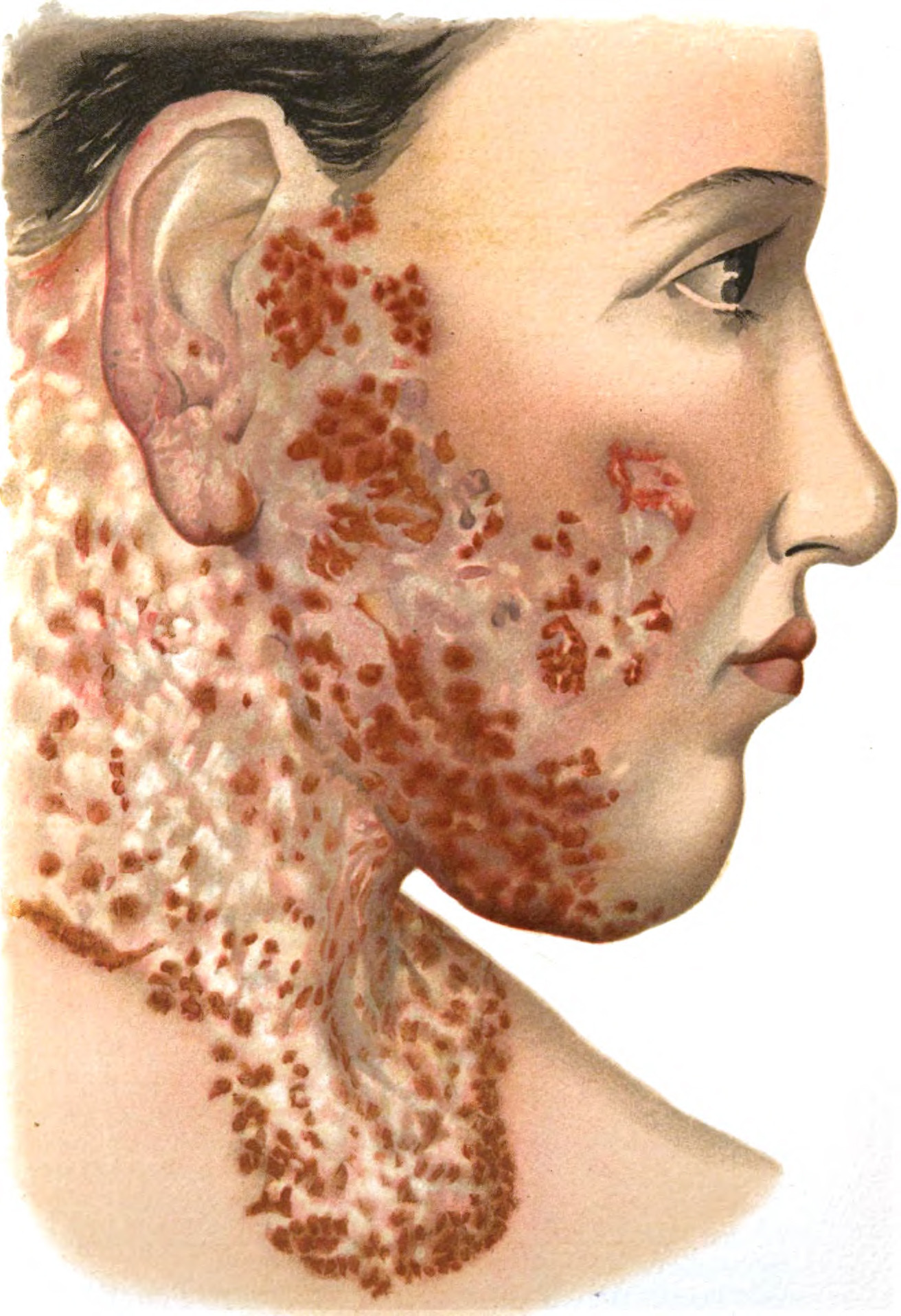Definition
Dry skin, also known as xeroderma, is a skin condition that can cause discomfort. It is characterized by scales, rough skin, flaking, peeling, and cracked skin. Dry skin can lead to pruritus, increasing the risk of scratching and infections. This condition can occur due to a variety of causes and conditions. While some people may have dry skin naturally, it can also occasionally occur in those with oily skin.
Dry skin can occur on any part of the body, and the affected areas may vary from person to person. This condition often affects the hands, forearms, and legs. Hand dryness can be caused by various factors, including the frequent use of hand sanitizers, washing hands too often, damage from exposure to sunlight, cold or dry weather, and others.
In many cases, changes in lifestyle and over-the-counter moisturizers may be all you need to treat dry skin. However, consult your doctor if you find those treatments aren’t enough.
Causes
Dry skin can be caused by various factors, such as environmental conditions, skin disorders, medication, diet, and other medical issues.
External factors
- Repeated baths using hot water
- Use of harsh or alkaline soaps
- Environmental factors such as cold weather, low humidity, and intense sun exposure
- Frequent exposure to irritant chemical agents
Skin diseases
Excessive dry skin that reduces one's quality of life can be caused by psoriasis (an autoimmune skin disease) and dermatitis (an inflammatory skin disease). Dermatitis is classified into several types. Contact dermatitis occurs when the skin is exposed to agents that cause localized inflammation. Meanwhile, irritant contact dermatitis occurs when the skin is exposed to irritating chemicals such as bleach. On the other hand, allergic contact dermatitis occurs when the skin is exposed to specific allergens such as nickel.
Another condition, seborrheic dermatitis, occurs when the skin produces too much oil. This causes red and scaly patches, especially on the scalp. Atopic dermatitis, also known as eczema, is a chronic skin condition that causes scaly and dry patches and can be found in children.
Internal or systemic diseases
Dry skin can also be caused by a variety of conditions or diseases, such as:
- Diabetes mellitus
- Thyroid diseases
- Kidney diseases
- Dehydration
- Malnutrition
- Hormonal changes can be found in pregnancy, menopause, etc.
Psychiatric diseases
- Obsessive-compulsive disorders
- Eating disorders, for example anorexia
- Alcohol or drug addictions
Risk factor
Recognizing risk factors plays an important role in preventing and treating dry skin. Everyone is at risk of developing dry skin. However, several risk factors are more likely to determine whether or not you will have dry skin in the future.
Some of the risk factors are age, medical history, season, weather, or bathing habits. Older people over 60 years old are more likely to experience dry skin because the oil glands produce less oil on the skin's surface, which plays a role in developing dry skin. People with eczema or family members with a history of allergic contact dermatitis are more at risk of dry skin. Low humidity levels can also contribute to dry skin. Frequent bathing or washing with hot water can increase the risk of dry skin.
Symptoms
These are some symptoms that can be experienced on dry skin, such as:
- Flaky skin or rough texture of the skin
- Excessive pruritus can affect the quality of life
- Stings or burning sensation on the skin
- Peeling skin
A feeling of skin tightness could also be found. The skin may turn redder on pale skin or grayish brown on dark skin. Damages caused by dry skin could show up as ulceration or wounds.
Diagnosis
Dry skin is typically diagnosed through a medical interview and physical examination. A doctor can identify the condition by observing the appearance of scales or peeling skin. In most cases, there is no need for additional testing to diagnose dry skin. However, further examinations may be necessary if the patient presents with other symptoms that suggest an underlying condition.
Several medical procedures, such as thyroid hormone assessments or skin biopsy, can be used to identify other underlying diseases that cause dry skin.
Management
Most cases of dry skin respond well to lifestyle changes, such as using moisturizer immediately after baths, using lukewarm water for baths, and avoiding prolonged showers. Doctors may recommend moisturizers formulated for your needs.
Recommended moisturizers are those that contain ceramide, glycerin, or urea. Avoid moisturizers with fragrance or perfume.
If you have specific skin diseases that cause your skin to dry, such as psoriasis or dermatitis, doctors could prescribe creams or ointments to treat these underlying diseases. Dry skin is expected to heal if the disease-causing it is resolved properly.
If you also experience itchiness, you can compress your skin with a clean and cool or apply lotion or calamine powder to the itchy area.
Complications
Dry skin is often harmless and rarely causes complications. The complications most likely to occur are infections. Infections can be caused by damaged skin that allows bacteria to infiltrate from the cracks of dry skin. This could lead to various symptoms, such as pain or pus discharge from the skin.
Prevention
After identifying the risk factors for dry skin, the next step is to make lifestyle changes. Here are some steps to try:
- Use moisturizers immediately after shower
- Avoid taking long showers, try to bath for 10 minutes or less, and avoid using hot water
- It is recommended to use hypoallergenic soaps
- Take a bath and use moisturizer after swimming
- Drink plenty of water as your body’s needs
- It is recommended to wear clothes made from natural fibers such as cotton so that the skin does not dry out
When to see a doctor?
If you experience persistent and continuous dry skin symptoms accompanied by signs of infection, such as pus discharge or pain, you should consult a dermatology specialist. If needed, the doctor will conduct a medical assessment, physical examination, and specific medical procedures to establish a diagnosis and give appropriate treatment.
Looking for more information about other diseases? Click here!
- dr Hanifa Rahma
Healthline. Dry skin. March 2022. Available from: https://www.healthline.com/health/dry-skin
Mayo Clinic. Dry skin. May 2022. Available from: https://www.mayoclinic.org/diseases-conditions/dry-skin/symptoms-causes/syc-20353885
Gade A, Matin T, Rubenstein R. Xeroderma. [Updated 2022 Apr 11]. In: StatPearls [Internet]. Treasure Island (FL): StatPearls Publishing; 2022 Jan-. Available from: https://www.ncbi.nlm.nih.gov/books/NBK565884/












